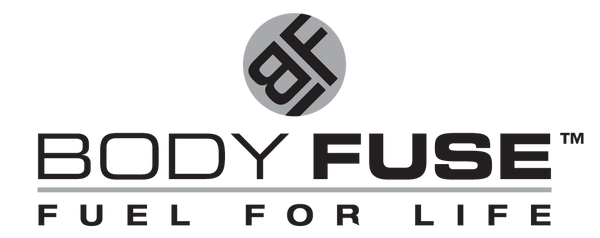If you want to stay fit over 40, 50 even 60 and beyond, there a few simple exercise and diet tweaks which will prove beneficial. Even if you've previously enjoyed an active, healthy lifestyle, once you reach the big 4-0 and beyond, it's likely that you'll notice things start to change a little.
Protein is essential for post-workout muscle recovery, a fact that becomes more important the older we get.
Some of the studies cited stated that, while younger athletes needed only 20g of protein for recovery, the needs of those in the older cohort were significantly higher: around 35 to 40g. And it's not just recovery where protein is important. It also helps keep you feeling fuller for longer (thus reducing the temptation to reach for processed food and caffeine) and builds more muscle, which in turn increases your metabolic rate, boosting your energy levels and helping to fuel your exercise.
Another great source of protein are protein powders, whether added to post-workout smoothies or enjoyed as occasional meal substitutes. Body Fuse Lean Protein is an excellent source of protein at 33 g per serving.
Workout to Gain Muscle
In addition to your functional fitness program and upping your protein intake, it's also important to factor strength training into your workout routine in order to build and preserve muscle. LIFT HEAVY THINGS.
Along with reducing chronic illness, the benefits of weight training and resistance exercise for the 40 plus population are numerous, but here are the main reasons why you should be working out with resistance…
- Decreased risk of all-cause mortality.
- Increased muscle mass = increase resting metabolic rate
- Increased mobility and functionality.
- Improved bone health.
- Improved cognitive function and health.
- Improved glucose control and nutrient sensitivity.
- Improved hormonal environment.
- Preserve metabolic rate.
If you are over 40 and struggling a bit with your weight, health and fitness, implement the simple suggestions above and start feeling like your goals are attainable. Remember, you likely still have half of your very full life in front of you, remember to keep moving and with some small adjustments, your quality of life can be better than ever.



